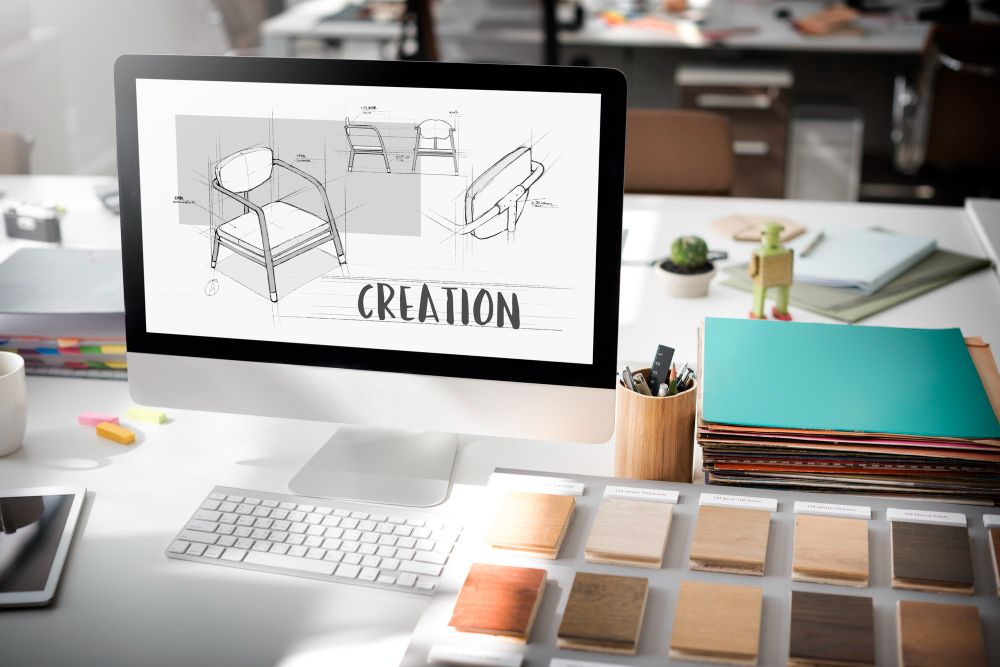Did you know that there are over 600,000 businesses each year in the United States? Unfortunately, not every new company is able to stick around for the long haul.
This is particularly true for businesses involved in the manufacturing industry. A successful manufacturing process has many nuances you need to understand, such as product design. Although design for manufacturing might seem complicated at first, it’s not as difficult to understand as you might think.
Let’s explore the key factors you need to know about.
So, What Is Design For Manufacturing?
In short, it’s the process of designing products in a way that makes them easy and economical to manufacture. There are several factors you need to consider when designing for manufacturing.
Cost is always a major consideration when manufacturing anything. You want to keep costs as low as possible without sacrificing quality.
One way to do this is to use standardization wherever possible. This means using common materials, sizes, and shapes that can be easily sourced and replaced.
Another cost-saving measure is to use modular design. This involves designing products that can be easily disassembled and reassembled. As a result, repairs and replacements will become much simpler and less expensive.
What Are the Benefits?
There are numerous benefits of design for manufacturing. Perhaps the most obvious is that it can save you money. By using standardization and modular design, you can reduce your manufacturing costs without sacrificing quality.

Additionally, it can help you save time. By streamlining the manufacturing process, you can get your products to market faster. This can be a major advantage if you’re launching a new product.
Design for manufacturing can improve communication between designers and manufacturers. It can also help you avoid errors and defects in the manufacturing process.
Additionally, it can make your products more flexible and adaptable to change. This is an essential factor to keep in mind, as industry regulations tend to change on a frequent basis.
An indirect benefit of product design is increasing the overall efficiency of your manufacturing process. As a result, this will help you improve your company revenue as time goes on. Benefits of this occurrence include a better bottom line, having your business be more attractive to investors, etc.
How Do I Get Started?
If you’re interested in design for manufacturing, there are a few ways you can get started. One option is to find a software program that specializes in it.
Another option is to hire a consultant who can help you with the process. You can also learn more about it by conducting your own research. There are plenty of online resources that you can find through Google that can help ensure you stay on the right track.
By understanding the basics, you can start using it to improve your products and give yourself a competitive advantage. As time goes on, you will become more proficient at successful manufacturing design.
How Can I Improve My Design Process?
There are many ways you can improve your design process. One way is to use standardization and modular design. This will help you save time and money while still delivering a high-quality product.
Additionally, you can use software programs or consultants to help you with the process.

Another way to improve your design process is to learn more about it by reading books or articles on the subject. This will help you understand the basics and start applying them to your own product designs.
What Are Some Common Problems With Design For Manufacturing?
One common problem is that designers don’t always take manufacturing into account when they’re designing products. This can lead to errors and defects in the manufacturing process.
Designers may not always be aware of the latest manufacturing techniques and technologies. This can make it difficult to produce products that are truly innovative.
Another common problem is that manufacturers may be reluctant to change their methods. This can make it difficult to implement new designs. Same goes with staffing. If warehouse staffing has any new ideas (that are modern and innovative) but manufactures deny them, they can slow down the success.
Additionally, there may be a lack of communication between designers and manufacturers. As a result, it may be difficult to make or track changes.
How Often Should I Audit My Process?
There is no definitive answer to this question. However, it’s generally recommended that you audit your process at least once a year.
This will help you identify any areas that need improvement. Additionally, it will allow you to keep up with the latest manufacturing techniques and technologies.
https://www.sandfieldengineering.com/what-we-do/vibratory-bowl-feeding-systems/bowl-feeders/ has a page that has more information about what a quality product design process looks like.
What Should I Look For in a Consultant?
When you’re hiring a consultant, you should look for someone who has sufficient experience in design for manufacturing. You should also look for someone who is familiar with your industry and the products you manufacture.
Of course, it’s essential that you work with someone you are comfortable communicating with. If you don’t feel as though you are able to seamlessly express your issues and concerns, you won’t be able to get the best results.
Design For Manufacturing Doesn’t Have to Be Difficult
The above guide about design for manufacturing has everything you need to know in order to make the most of this opportunity. Keep this information in mind so that you can make the decision that is best for you in the future.
Looking for other tips about running a successful business? Be sure to check out the rest of our blog has to offer.





